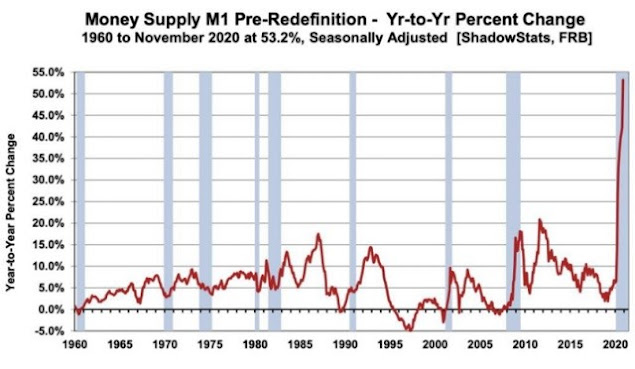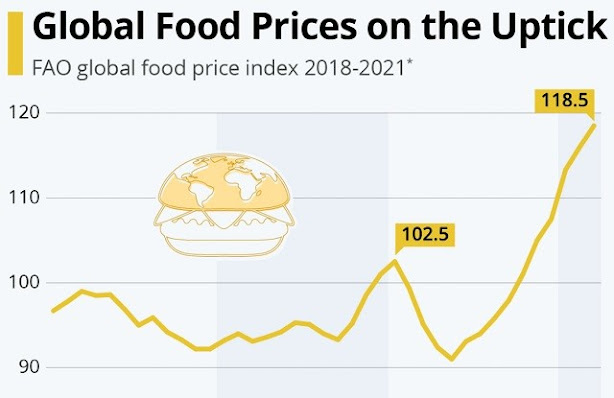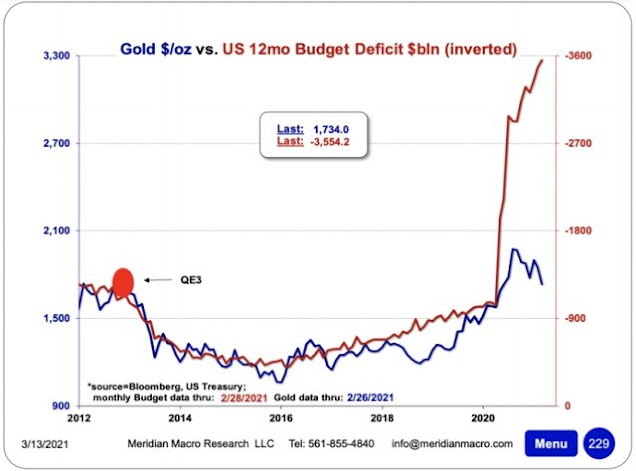Gold Is Going Higher
BY JOHN RUBINO
Excerpt from Lawrence Lepard’s Equity Management Associates Q1 Report:
We believe we are in the early to middle stages of a worldwide sovereign debt bubble collapse.
The “bubble” which exists today is in debt and the currencies which are backed and supported by this debt.
This is a very big deal and does not happen very often. In fact, no one alive today has ever seen a sovereign debt collapse of a large country.
You need to consult the history books to find one, with the last ones occurring in the 1900’s to 1930’s.
Because of this, the average investor today is not prepared for what is coming.
We believe that our Fund offers a realistic and well-priced form of protection against this type of crisis.
We offer “monetary debasement” insurance.
Historically, these crises occur when sovereign debt exceeds 100% of GDP as identified by Reinhart and Rogoff in their book This Time is Different: Eight Centuries of Financial Folly.
Presently, the on-balance sheet US Federal Debt ($28.1 Trillion) is 130% of GDP ($21.6T).
Off-balance sheet liabilities (Social Security, Medicare/Medicaid) add another $100 to $200T depending upon assumptions.
This debt level could not be serviced (much less reduced or paid off) if interest rates, which are the price of money, were set by a free market.
In this respect, the monetary authorities worldwide, through price-fixing of interest rates, have broken the financial markets.
History proves that price-fixing does not work (see USSR and grain prices).
The price of money is the most important price in capitalism and messing with it distorts the price of everything.
Capital is not allocated efficiently.
With over-indebtedness as a backdrop, history shows us that there are only three ways for a country to deal with a situation like this.
1. Default. Debts collapse to worthlessness as entities fail. Which leads to Deflation.
2. Restructure/Revalue against some superior form of money. Reset. (see Roosevelt 1934).
3. Inflate the currency and GDP versus the Debt. (see US Post WWII).
Option 1 is possible, and perhaps in due course, option 2 could be chosen.
However, in our current political structure, we believe the most likely path the US will take is option 3 (Inflation).
Therefore, we believe inflation is in our future.
Not just a little bit of inflation, a lot of inflation!
When an economy becomes too debt-saturated things begin to break, and the government generally intervenes to prevent the natural deflationary cleansing that would occur without intervention.
The government intervened in 2008 during the GFC.
In March 2020 when the economy ground to a halt (COVID was the match, but the fire had been built), the government again stepped in (with an unprecedented order of magnitude) to prevent a severe deflation and economic collapse.
Historically, the Money Supply has never grown like this (past 60 years view):
Inflation Clearly Emerges
In our last letter, we talked about the balance between inflation and deflation.
We are now of the opinion that higher inflation is an absolute lock.
We believe we are in a clear case of a “crack up boom”.
The prices of everything are going up sharply.
For example, nationwide median house prices are up 10% in January and 15.8% in February year on year.
This has never happened before, even during the housing bubble of 2007-2008.
But the most worrisome form of inflation is food inflation.
This is what leads to revolutions.
As for gold…
All of these spending plans require borrowing.
Someone has to purchase that debt and the trends on that front do not look good.
In this low rate world, the buyer of last resort is the Fed, and they will have to keep purchasing bonds or interest rates will spike higher.
Our view is that they are in a doom loop and they can never stop.
The only unknown is how long it takes for all of our fellow citizens and the financial markets to figure this out.
While it is impossible to say there is a direct link between US Government deficits and the price of gold, it is interesting to notice the correlation between the two since 2012. (we know correlation is not causation).
From this chart, and with deficits growing wider each year, we infer that there is a very high likelihood that the price of gold will rise in the next few years.



0 comments:
Publicar un comentario